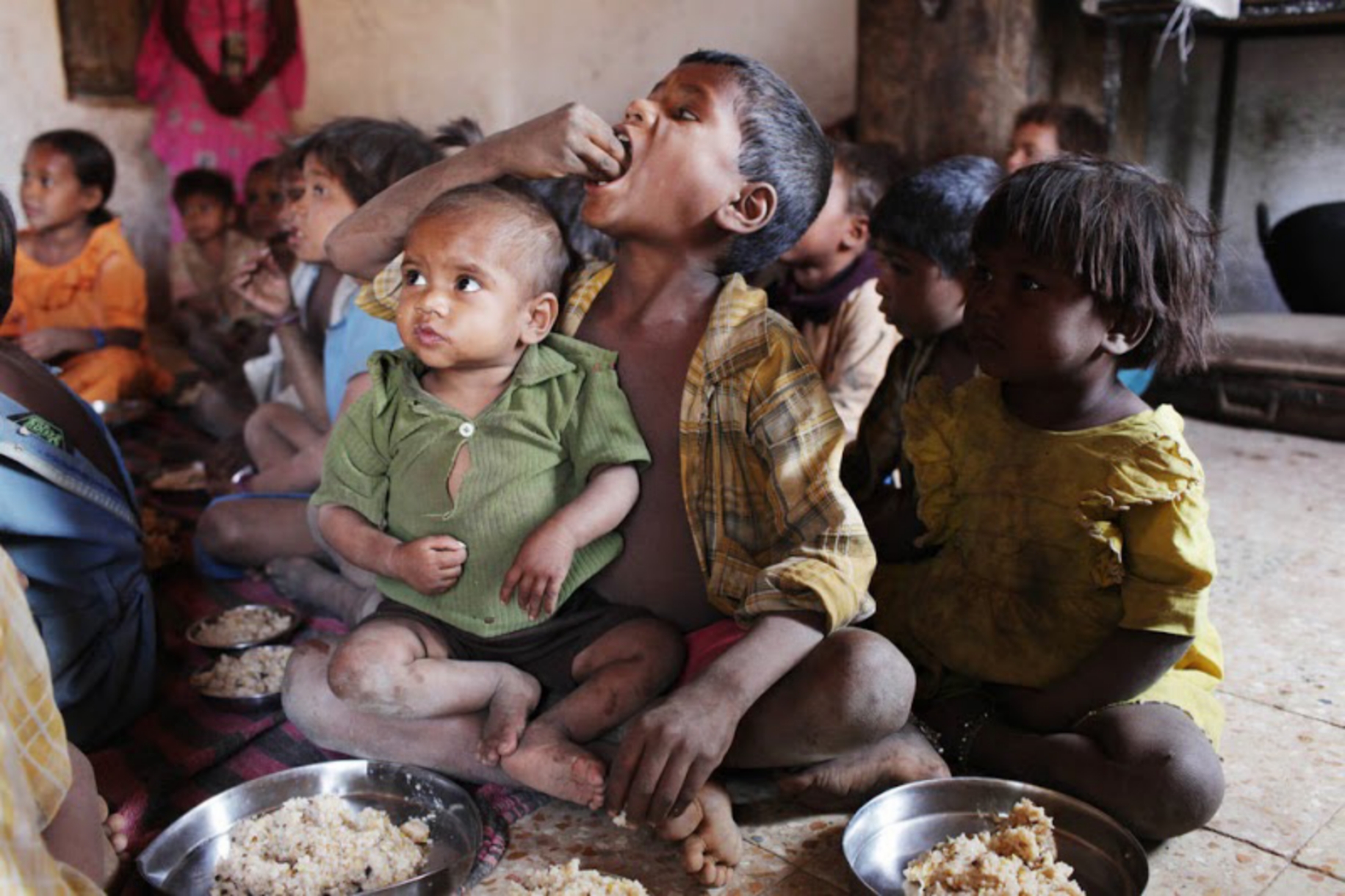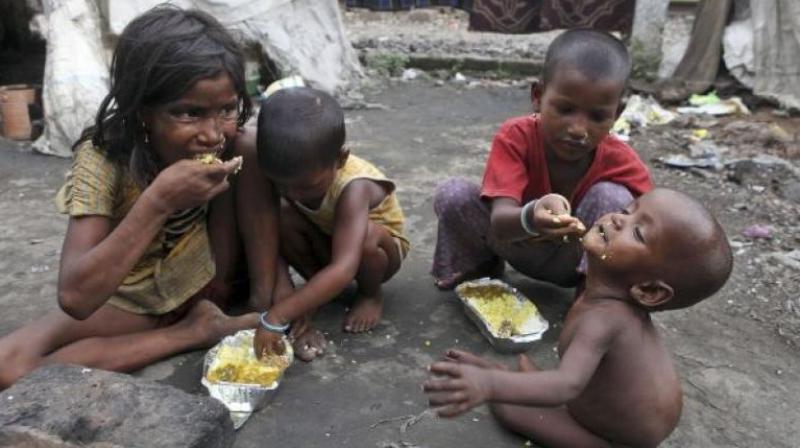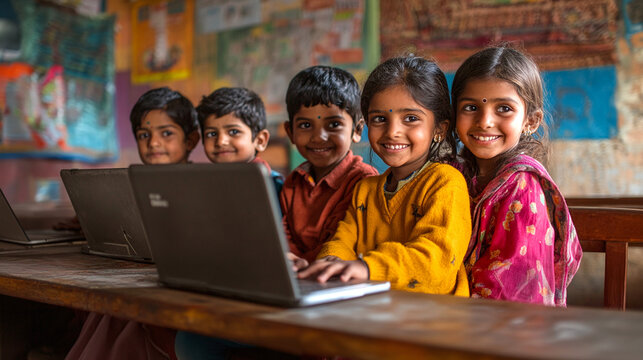A National Emergency: 3,000 Indian Children Die Every Day from Hunger – 10 Shocking Truths
India, often celebrated as a rapidly developing economy, is silently suffering from a humanitarian crisis that gets little attention — child malnutrition and hunger. Every day, approximately 3,000 children die in India due to hunger-related causes. These are not deaths caused by rare diseases or natural disasters. These are entirely preventable deaths caused by malnutrition, a lack of food, healthcare, and awareness.
The numbers are staggering, and the tragedy is heart-wrenching. Hunger continues to claim innocent lives at a scale that can no longer be ignored. It is not just a health issue, but a national emergency. Let us examine ten shocking facts that uncover the brutal reality of hunger in India and why immediate action is necessary.

---
1. 3,000 Children Die Daily Due to Malnutrition
The most shocking and heartbreaking fact is that nearly 3,000 children under the age of five die every day in India due to malnutrition and hunger-related illnesses. These deaths are not sudden — they are slow, painful, and entirely avoidable. This number means over a million children every year, robbed of their futures.
---
2. One-Third of the World’s Malnourished Children Live in India
Despite significant economic progress, India remains home to one-third of the world’s undernourished children. This is an alarming proportion for a country with global ambitions and technological achievements. It reflects deep-rooted inequality and systemic failure to care for the most vulnerable citizens — children.
---
3. 35% of Indian Children Under 5 Are Stunted
According to the National Family Health Survey (NFHS-5), over 35% of Indian children under five are stunted. Stunting is not just a matter of height — it indicates chronic undernutrition, and it severely limits a child's physical and mental development. Stunted children often grow into adults with lower earning potential and poor health.
---
4. Wasting Affects 19% of Children
Wasting refers to low weight for height and reflects acute malnutrition. In India, almost one in five children suffer from wasting, making them vulnerable to infections and even death. It’s one of the highest rates in the world.
---
5. Hunger Is a Major Reason Children Drop Out of School
Malnutrition directly impacts brain function, energy levels, and concentration. Hungry children struggle to focus in class, often fall sick, and eventually drop out. This fuels a vicious cycle where poverty leads to hunger, which leads to poor education and lifelong economic hardship.
---
6. Girls Suffer More Than Boys
Gender inequality is another hidden aspect of hunger. In many households, girls eat after boys and receive smaller portions. They are also more likely to suffer from anemia and other nutritional deficiencies. This discrimination begins early and continues through their lives, affecting their growth, education, and health.
---
7. India Wastes 67 Million Tons of Food Every Year
In a deeply ironic contrast, India wastes nearly 67 million tons of food annually — enough to feed the entire country’s hungry population multiple times. The causes include poor food storage, inefficient supply chains, and lack of awareness. This food could save countless lives if redistributed properly.
---
8. Malnutrition Causes Lifelong Damage
The effects of childhood malnutrition go beyond the immediate threat to life. Cognitive impairments, weakened immunity, developmental delays, and higher risks of chronic illnesses haunt children throughout their lives. It affects not just individuals but the productivity and future of the nation.
---
9. Hunger Is Rooted in Poverty and Inequality
Hunger in India is not about the lack of food — it’s about lack of access. Millions of people still live below the poverty line. Many families cannot afford even one nutritious meal a day. Caste, location, gender, and income disparities all play a role in deepening food insecurity.
---
10. This Crisis Is Preventable
The most painful truth of all? These deaths can be prevented. Hunger is not a complex disease without a cure. With proper nutrition programs, clean water, sanitation, education, and awareness campaigns, we can save these children. Countries with fewer resources have done better in tackling hunger. What’s missing in India is political will, accountability, and public pressure.
---
Why It’s a National Emergency
When thousands of children die daily from a preventable cause, it is nothing short of a national emergency. The scale of the crisis demands immediate, coordinated, and large-scale action. The lives lost every day to hunger are a moral stain on the conscience of a nation that prides itself on space missions, economic growth, and global influence.
This crisis affects the future of the country. Malnourished children today will grow into unhealthy adults tomorrow, weakening the workforce and burdening public health systems. Hunger and undernutrition undermine India’s development goals, including education, healthcare, and economic growth.
---
What Can Be Done
The good news is that solutions exist:
Strengthening government programs like the Mid-Day Meal Scheme and Poshan Abhiyaan with better funding and monitoring.
Improving food distribution systems so that surplus food reaches those who need it.
Community-level nutrition education to help families understand the importance of balanced diets.
Supporting NGOs and charities working to provide meals and medical aid to underprivileged children.
Individual action, such as sponsoring a meal, donating food, or volunteering, can also make a real difference.
---
Conclusion: A Call to Action
India stands at a crossroads. On one side is a future of progress, innovation, and prosperity. On the other is the continuing tragedy of child hunger and death. Which path we take depends on how we respond today.
This is not just the responsibility of the government or international organizations. It is a collective responsibility — yours and mine. No child should die because they didn’t have food. No parent should lose a child because they were born into poverty.
If we come together — as citizens, activists, donors, and leaders — we can stop these deaths. We can ensure that every child, regardless of background, has the right to food, life, and a future.
Let’s act before another child goes to bed hungry tonight.

